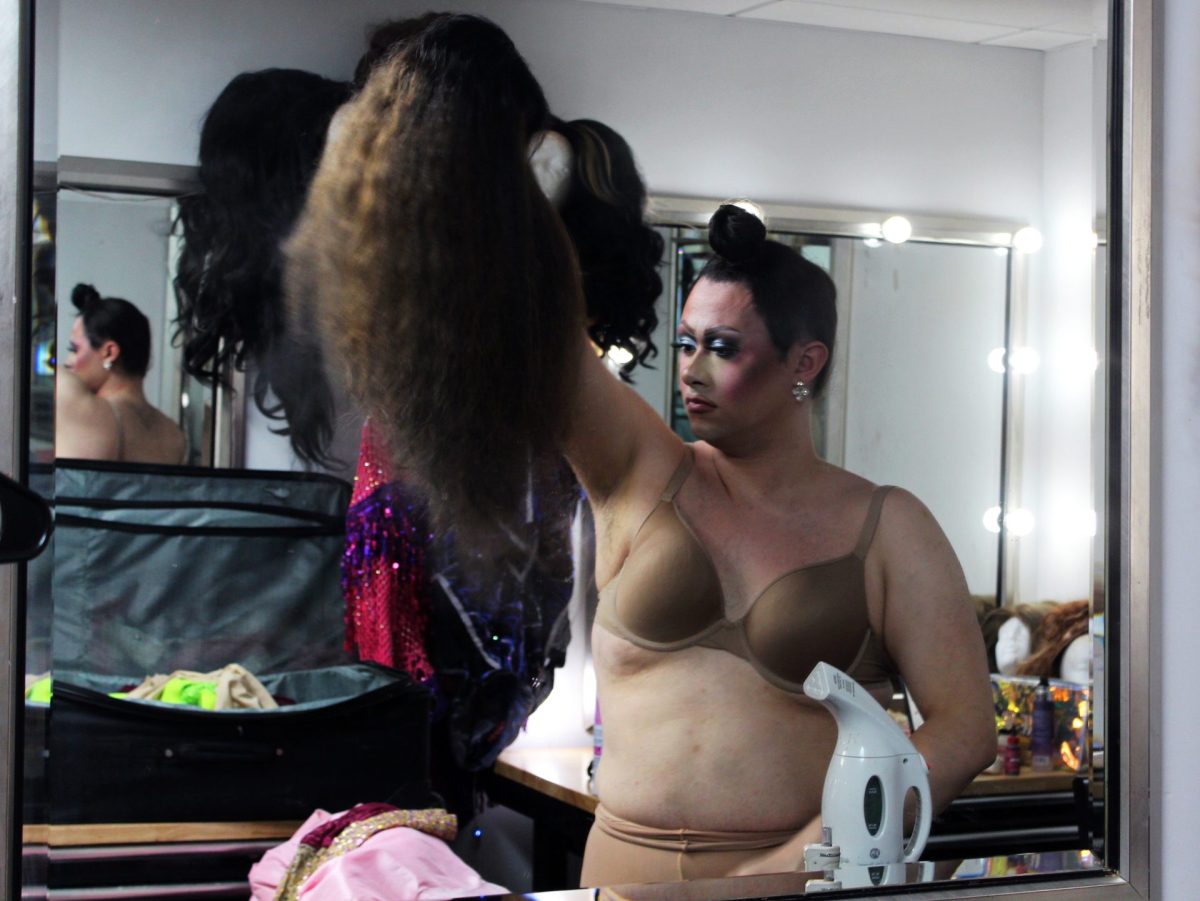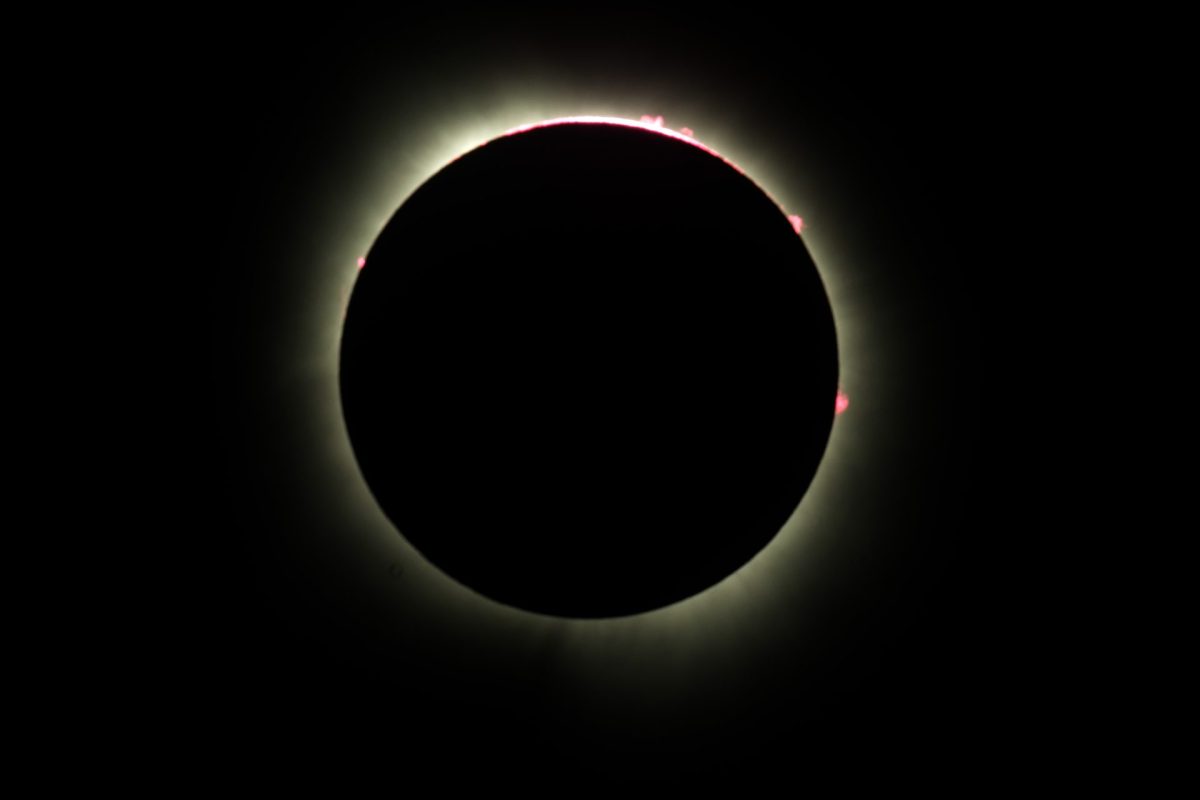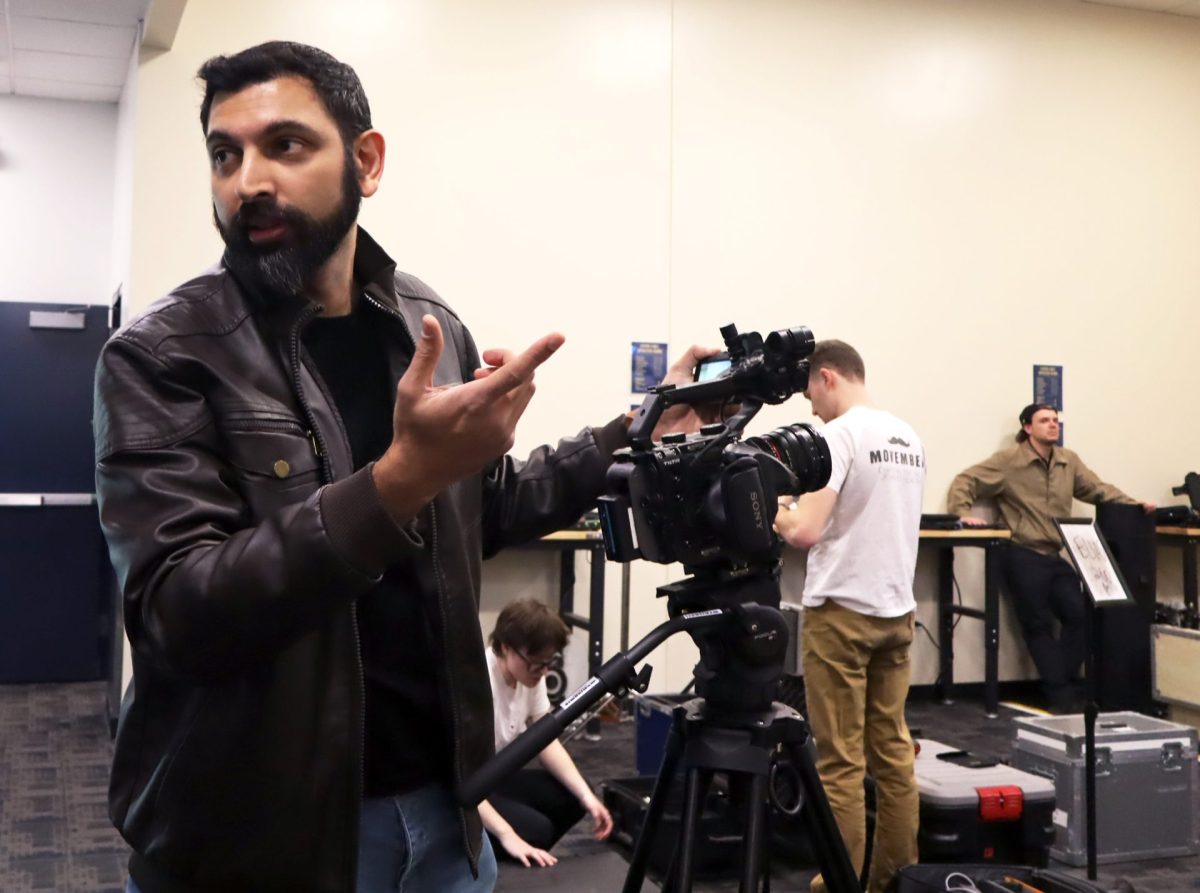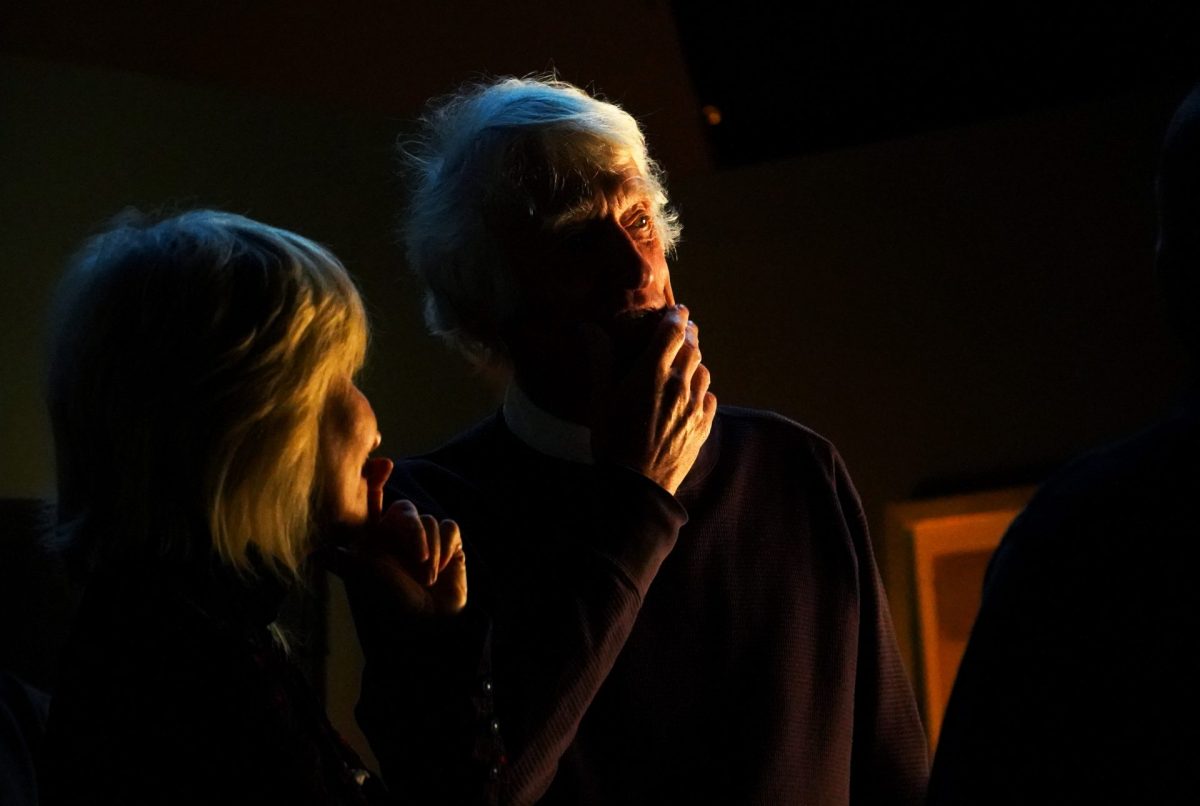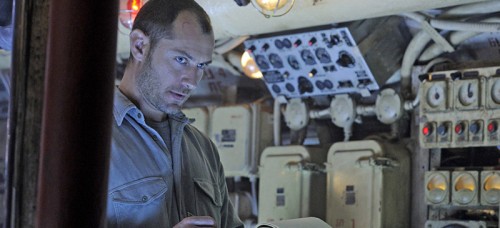
“Black Sea,” starring Jude Law, comes out Jan. 23. The DePaulia sat down with director Kevin Macdonald, to discuss the themes of his film, and what it was like to film on an actual submarine.
The DePaulia: Your previous films delve into the flawed aspects of humanity, and how violence is wired into our DNA. “Black Sea” is certainly no exception to this rule. Why did you choose to make this film, and how were you able to get these aspects out of the story?
Kevin Macdonald: One of the things about making films is that you’re always the victim of your own interests. If I tried to make a romantic comedy, it would probably end up very dark and violent; you’re doomed to repeat yourself. Originally, what made me want to do this was it was something different. There’s this story about a cursed Russian submarine, which went down in the year 2000, and almost everyone on board died instantly. But, about 25 people in one compartment survived. They were trapped in the sea about 100 meters down in the Bering Sea, and they slowly ran out of oxygen and eventually didn’t make it to the surface.
I had to think who I wanted to be down there. I didn’t want them to be military, I wanted them to be civilians and make it different from most submarine movies. So I thought they’d be down there looking for treasure, and you think, “they’re trapped under the sea, looking for treasure, maybe it gets on board, maybe they start fighting over it,” and it becomes a little test case of how people react under great stress in a confined environment, both the good and the bad.
DP: Was it always this slow build in which you realize the animals they’re becoming?
KM: It actually wasn’t always like that. Originally in the script, it used to start with an action scene that was right in the middle of the movie. Originally it started in the middle of the story, and then you went back to the beginning to see how they got there. But I was slightly worried that it would give away too much of where the story was going. With chronology, it’s easier to have tension in regard to where the story’s going to go.
DP: What was it was like to film in a real submarine?
KM: We filmed in a real Russian submarine that we found coincidentally. Some crazy collector had actually bought the submarine in Russia in 1992 at the end of the Cold War. He kept it floating in this river in London, and on the outside it looks like the one you see in the movie, but the inside was just perfect, in pristine condition like it would actually work.
We spent the first two weeks of shooting there, and the reason why it was the first two weeks was because the actors really got to experience that claustrophobia, and being inside the metal beast.
DP: What were some of the biggest obstacles on set?
KM: One of the hardest things about making a submarine movie is that you can’t move the actors too much, and you can’t move the camera very much because the spaces are so tiny.
Also, it was very hard to film underwater. We did that big sequence, going to get the gold, in a huge tank at a film studio. It is so hard to film in water, you can’t really communicate, people can’t hear you or speak to you, so you tell them things in advance, and they end up doing the wrong thing. We had a really terrible disaster while filming in the tank, we had put a bit of foam in the water to make the ground squishier, and that foam had bromine in it, which reacts with the chlorine in the water and replaces it, making the water almost a fluorescent green color, the whole tank of it. We tried to turn it clear again, with no luck, so we had to empty the tank out and clean the whole place and refill it, which was a huge expense. At that point, Ridley Scott was outside the studio filming “Exodus,” and he had turned his river set all red for the water-to-blood scene. So we would empty all our water into that river at night when no one was around, and it basically disappeared.


